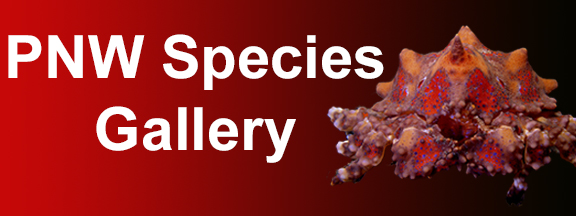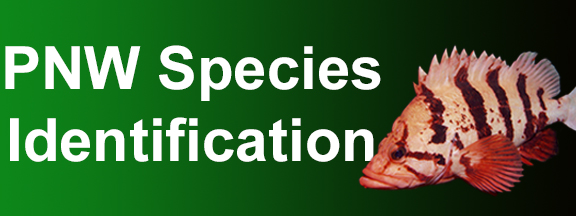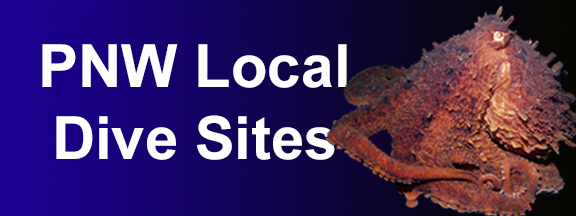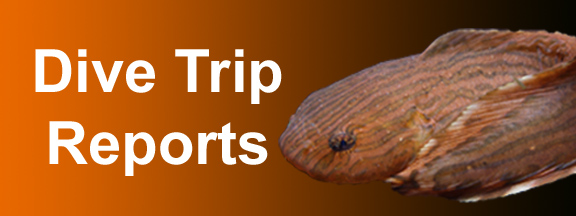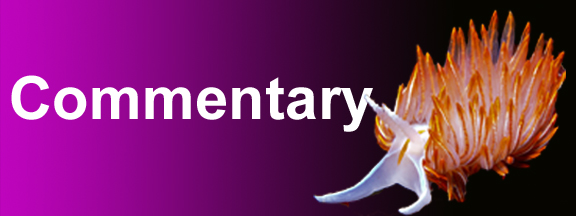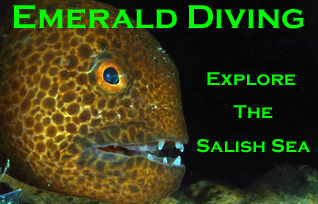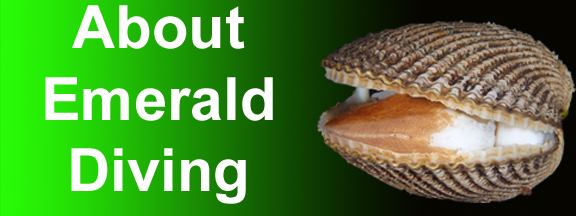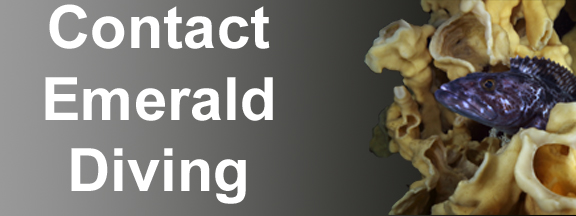

Nudibranch Facts
Branchial plume: A bushy appendage located on the rear of the dorsum. This plume allows the nudibranch to breath and is often retracted when the animal senses danger.
Cerata: Formations protruding from the dorsum, usually thick and/or triangular in shape. Cerata may serve repertory, digestive, and/or defensive purposes, depending upon the species.
Dorid: Refers to the dome shaped body exhibited by various species of nudibranch.
Dorsum: The nudibranch’s back.
Margin: The perimeter around the foot or base of the nudibranch.
Papilla: Thin spike-like protrusions on the dorsum.
Radula: A nudibranch’s dentition. Nudibranch dentition is specialized to crack, scrape, or cut.
Rhinophores: The pair of small antenna-like protrusion on the head. These sensory organs are thought to allow the animal to detect chemical “smells” in the water. Rhinophore shapes vary between species.
Tubercles: Small bumps on the dorsum.
Cerata: Formations protruding from the dorsum, usually thick and/or triangular in shape. Cerata may serve repertory, digestive, and/or defensive purposes, depending upon the species.
Dorid: Refers to the dome shaped body exhibited by various species of nudibranch.
Dorsum: The nudibranch’s back.
Margin: The perimeter around the foot or base of the nudibranch.
Papilla: Thin spike-like protrusions on the dorsum.
Radula: A nudibranch’s dentition. Nudibranch dentition is specialized to crack, scrape, or cut.
Rhinophores: The pair of small antenna-like protrusion on the head. These sensory organs are thought to allow the animal to detect chemical “smells” in the water. Rhinophore shapes vary between species.
Tubercles: Small bumps on the dorsum.
Terms
Cool Facts
Giant, and lion nudibranchs are capable of a primitive form of swimming and considered pelagic species.
The word “nudibranch” literally translates to naked gill, reflecting the fact that the animal’s gills are normally exposed along its dorsum.
Most nudibranchs feed on soft corals, snails, anemones, hydroids, bryozoans, ascidians, and/or sponges.
Nudibranchs are often brightly colored as a warning that they taste bad. Some nudibranchs are even known to store the poisons of the animals that they ingest as a defense mechanism.
If you ever get a chance to watch a giant nudibranch approach a tube-dwelling anemone, be patient and watch. You may be in for a quite a spectacle!
The word “nudibranch” literally translates to naked gill, reflecting the fact that the animal’s gills are normally exposed along its dorsum.
Most nudibranchs feed on soft corals, snails, anemones, hydroids, bryozoans, ascidians, and/or sponges.
Nudibranchs are often brightly colored as a warning that they taste bad. Some nudibranchs are even known to store the poisons of the animals that they ingest as a defense mechanism.
If you ever get a chance to watch a giant nudibranch approach a tube-dwelling anemone, be patient and watch. You may be in for a quite a spectacle!



